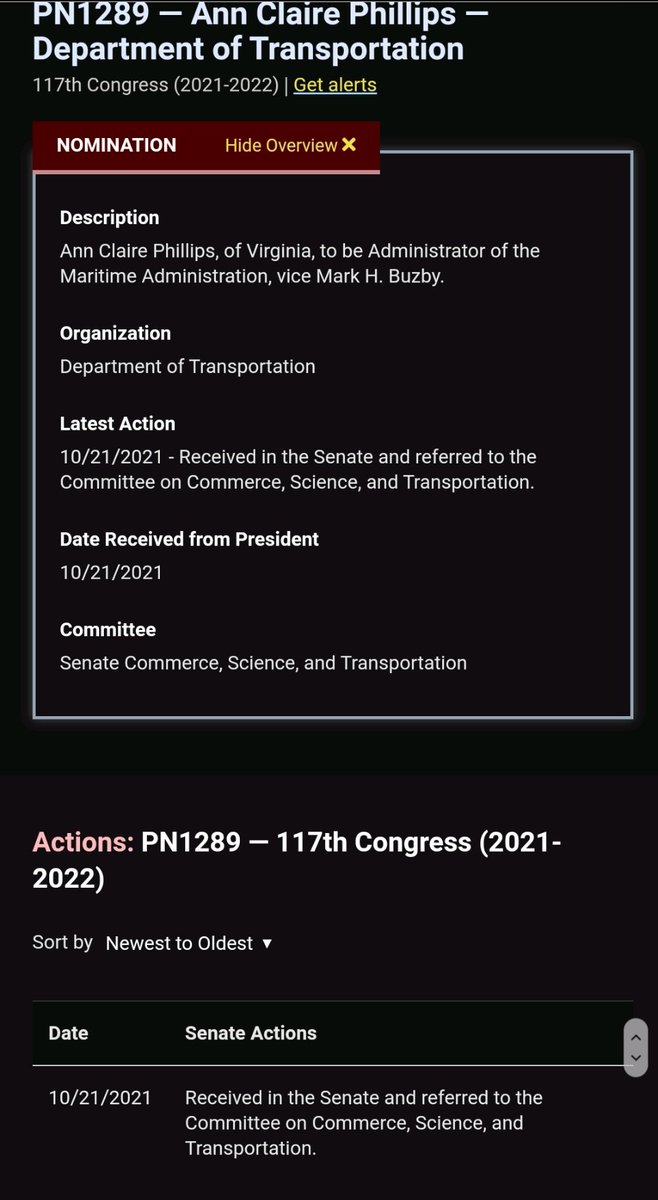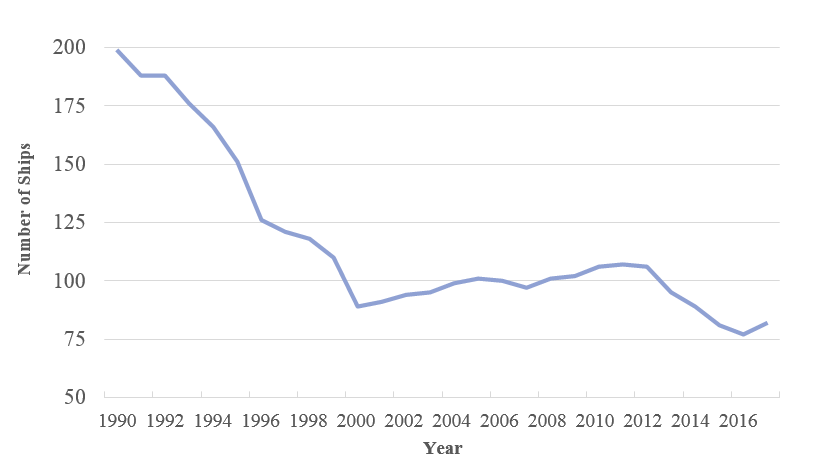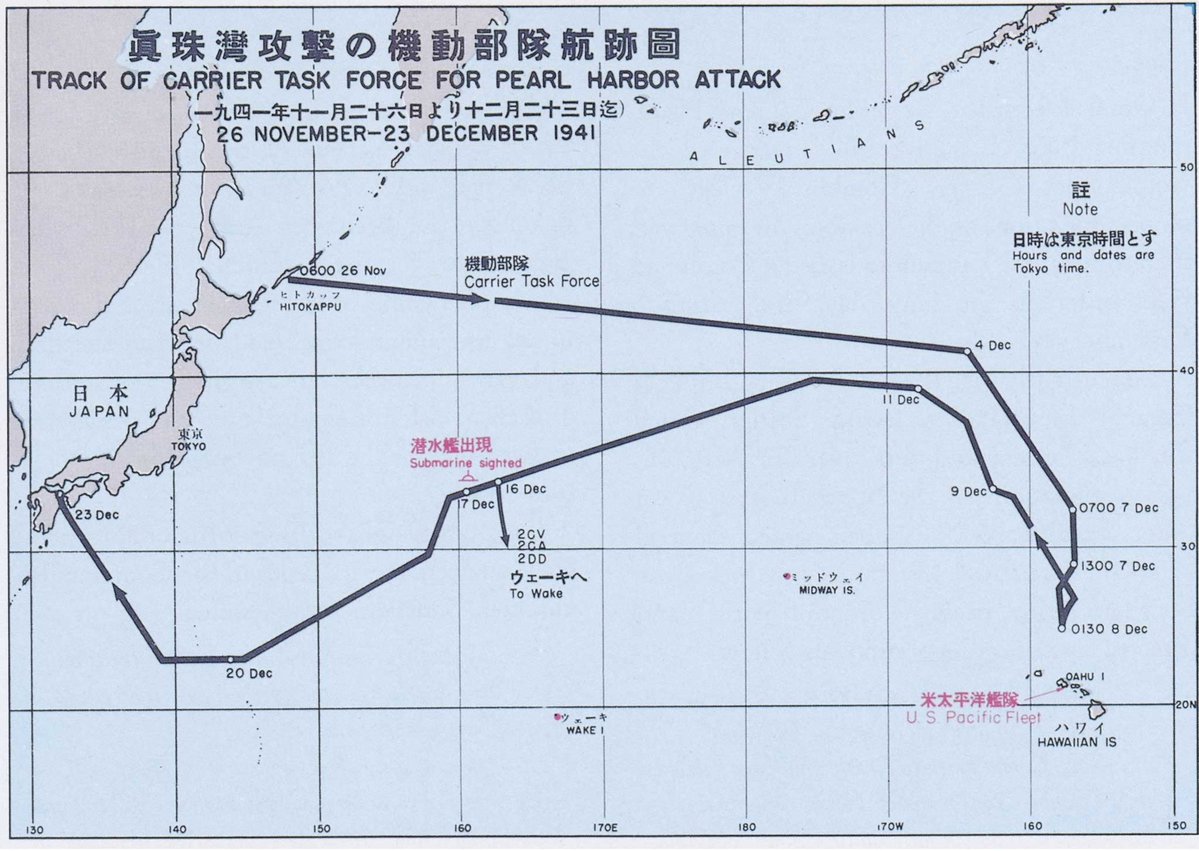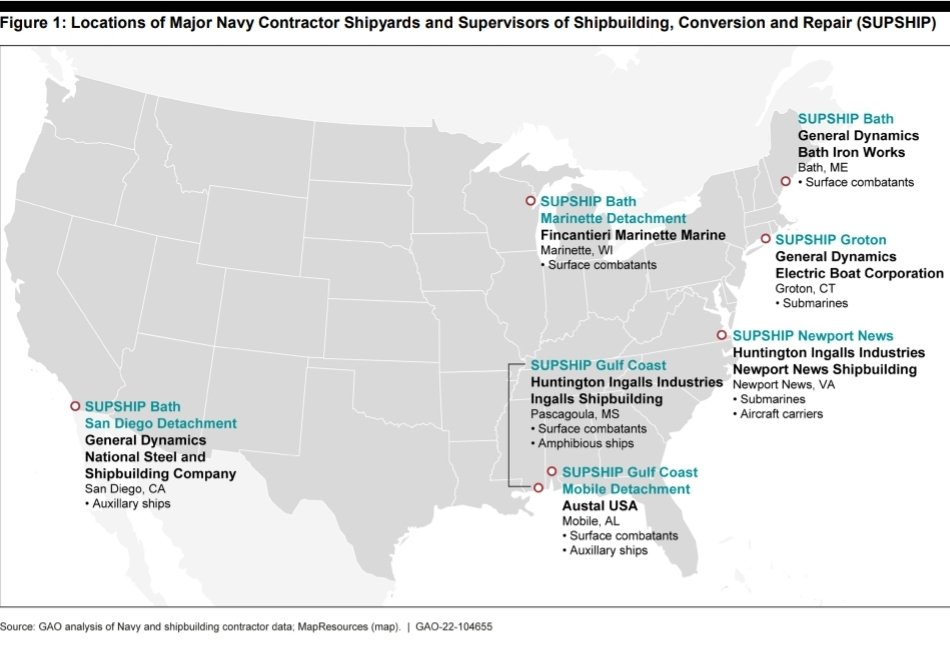1/Yesterday, @SenateCommerce @commercedems heard from Max Vekich on his appointment to @FMC_gov. He is a former congressman (D-WA) 83-91 & has worked for @WestCoastPorts. As the name implies, it oversees all west coast ports & its board is made up of all the major ocean carriers. 

2/The only story I have seen on this is from @JOC_Updates, with the title "FMC nominee gets rare Senate grilling amid US shipping disruption."
joc.com/port-news/fmc-…
joc.com/port-news/fmc-…
3/Vekich was asked by @SenatorWicker about if he believed the @FMC_gov should have more authority? A reference to the proposed legislation by @RepGaramendi & @RepDustyJohnson... 

4/Vehick, who has worked in the industry not only declined to answer but said that MAYBE he would answer after he knows what the @FMC_gov DOES?
HE WORKED FOR @WestCoastPorts!
The @FMC_gov is the Federal agency charged with oversight of international shipping.
HE WORKED FOR @WestCoastPorts!
The @FMC_gov is the Federal agency charged with oversight of international shipping.

5/Vehick was pressed by @SenatorTester & @SenJohnThune concerning the issue of American exports sitting on the dock, in particular agriculture. As a senior supercharge for the @ilwulongshore he stated that he wanted the @FMC_gov to learn more about ocean carriers' practices?6 

6/When queried by @SenatorFischer about this issue further, he dodged the question but said the least that can be done so to ensure there is "a can to put the products in." But, no guarantee that container will get on a ship and out of the terminals to be exported. 

7/Next up will be RDML Ann Phillips for the position of @DOTMARAD. I am sure that right now she is underging a crash course in learning all things maritime so that she can be prepared for @commercedems @SenateCommerce to question her on the current shipping & supply crisis. 

8/The issue at play here is that nominating politicians, industry advocates, or a generic military officer to fill key roles in @FMC_gov & @DOTMARAD demonstrate the low level of priority and concern the government has consistently shown toward the maritime sector... 

9/In the midst of this crisis we need people on the @FMC_gov and @DOTMARAD who can step onto the job on day 1 (278 days since the new admin) & provide not just leadership, but new ideas.
If one has to first learn on the job, the best one can expect is to maintain status quo.
If one has to first learn on the job, the best one can expect is to maintain status quo.
• • •
Missing some Tweet in this thread? You can try to
force a refresh






















